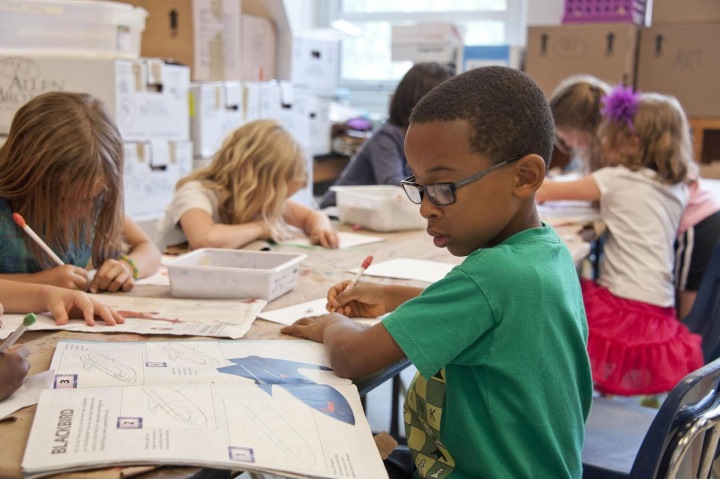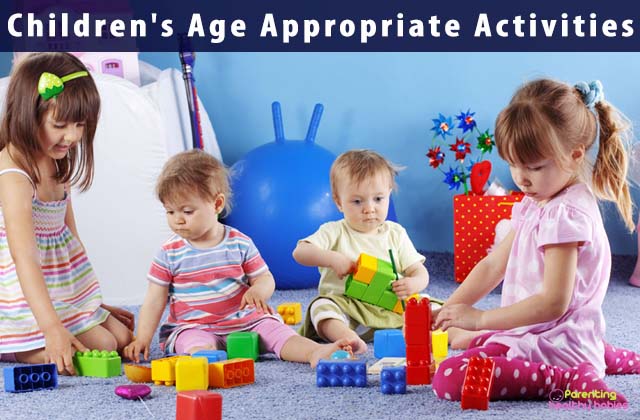The integration of technology in education has become indispensable. One powerful approach that has gained momentum in recent years is gamification. By incorporating game elements into the learning process, educators can captivate students’ attention and enhance their overall learning experience.
Understanding Gamification in Education
Gamification is more than just adding fun elements to education; it involves the strategic use of game design principles to engage and motivate learners. The goal is to make the learning process enjoyable and effective by leveraging the natural inclination of humans towards competition, achievement, and rewards.
Fostering Engagement
Interactive quizzes from https://www.storyboardthat.com/create/worksheet-test-quiz serve as a powerful tool to boost student engagement. Instead of traditional lectures, educators can create a dynamic learning environment that encourages active participation. This fosters a sense of curiosity and a willingness to explore topics more deeply.
Motivating Students
One of the primary advantages of introducing gamification into education is the ability to motivate students intrinsically. By incorporating elements such as points, badges, and leaderboards, educators tap into the innate desire for achievement, fostering a sense of accomplishment that drives students to excel.
The Role of Interactive Quizzes
Quizzes are simple but effective when it comes to various educational purposes and teachers can use them in numerous ways to achieve their goals.
Assessing Knowledge
Interactive quizzes provide a versatile means of assessing students’ knowledge. Educators can create quizzes that cover various topics, enabling them to gauge the understanding of concepts and identify areas that may require additional attention.
Immediate Feedback
One of the key features of interactive quizzes is the provision of immediate feedback. This real-time response mechanism allows students to grasp their strengths and weaknesses instantly, promoting a more iterative and adaptive learning process.
Crafting Unique Quizzes for Tailored Educational Goals
While the utilization of pre-existing quiz templates can significantly streamline the gamification process, customizing these templates to align with specific educational goals and topics enhances their effectiveness.
Identify Learning Objectives
This ensures that the quiz serves a purpose in reinforcing key concepts and contributes to the overall educational goals.
- Define Educational Goals: Before creating or customizing a quiz template, clearly articulate the learning objectives. Identify the specific skills or knowledge areas you want students to acquire through the quiz.
- Align with Curriculum: Ensure that the quiz content aligns seamlessly with the broader curriculum. This alignment enhances the relevance of the quiz, reinforcing connections between individual assessments and the overall learning journey.
Customization Techniques
To make the pre-made template the most effective tool, one will need to spend some time to customize it,
- Content Relevance: Tailor quiz questions to directly relate to real-world scenarios, current events, or practical applications. This not only boosts engagement but also demonstrates the practical relevance of the educational content.
- Personalization Options: Integrate personalization elements into the quiz template. This could include allowing students to choose topics of interest or incorporating personalized feedback based on individual performance, creating a more individualized learning experience.
- Multimedia Integration: Customize the quiz by incorporating multimedia elements such as images, videos, or audio clips that resonate with the educational goals. Visual and auditory stimuli enhance engagement and cater to diverse learning preferences.
Gamification Elements
This is an effective approach when it comes to learning. The best thing about it is that it works effectively not only with children but also with adults.
- Points and Rewards: Customize the point system and rewards to align with the difficulty level of questions. Higher-order thinking questions could yield more points, providing an incentive for students to tackle more challenging content.
- Leaderboards and Badges: Integrate leaderboards and badges that reflect achievements tied to specific educational goals. For instance, a “Research Guru” badge could be awarded to students who excel in research-related quiz sections.
Technological Tools for Interactive Quizzes
Several technological tools can aid educators in creating and administering interactive quizzes. These tools streamline the process and offer additional features to enhance the learning experience.
Online Platforms
Online services allow educators to create interactive quizzes with ease. These tools often include features such as real-time analytics, customizable question types, and gamified elements that make learning enjoyable.
Learning Management Systems (LMS)
Integrating interactive quizzes into a Learning Management System provides a centralized platform for educators to manage and track student progress. LMS tools offer quiz-building capabilities along with comprehensive reporting features.
Overcoming Challenges in Gamifying Education
While the benefits of gamification in education are evident, educators may encounter challenges during implementation. Addressing these hurdles is essential for a successful integration.
Technological Barriers
Not all educators may be familiar with the technological tools required for gamification.
- Training Programs: To tackle the technological knowledge gap, schools, and educational institutions can organize training programs. Workshops and tutorials focused on the specific tools used for gamification can empower educators with the skills needed to create and implement interactive quizzes.
- Peer Learning Communities: Encourage the formation of peer learning communities where educators can share their experiences and expertise. This collaborative approach fosters a supportive environment for those less familiar with gamification tools, allowing them to learn from their more tech-savvy colleagues.
- Simplified Platforms: Choose user-friendly gamification platforms that offer intuitive interfaces and require minimal technical expertise. This makes the transition smoother for educators who may be hesitant to embrace complex technological tools.
Resistance to Change
Resistance from both educators and students to adopt new methodologies can impede the successful implementation of gamification. Communicating the benefits and gradually introducing gamified elements can help alleviate resistance.
- Clear Communication: Effective communication is key to overcoming resistance. It is essential to clearly articulate the benefits of gamification, emphasizing how it enhances student engagement, improves learning outcomes, and aligns with modern pedagogical approaches.
- Highlight Success Stories: Another effective approach is sharing success stories from other educational institutions that have successfully implemented gamification. Real-world examples demonstrate the positive impact on both educators and students, making the concept more tangible and relatable.
- Gradual Implementation: Instead of a sudden overhaul, gradually introducing gamified elements into the curriculum is better. One should start with small, low-stakes interactive quizzes and build up to more elaborate gamification strategies. This incremental approach helps ease both educators and students into the new methodology.
In Conclusion
Gamifying education through interactive quizzes is a potent strategy to revolutionize the learning experience. By harnessing the power of game design principles, educators can create an environment that not only captures students’ attention but also fosters a love for learning. As we continue to explore innovative approaches in education, the integration of gamification stands as a promising avenue for shaping a future where learning is both enjoyable and impactful.













